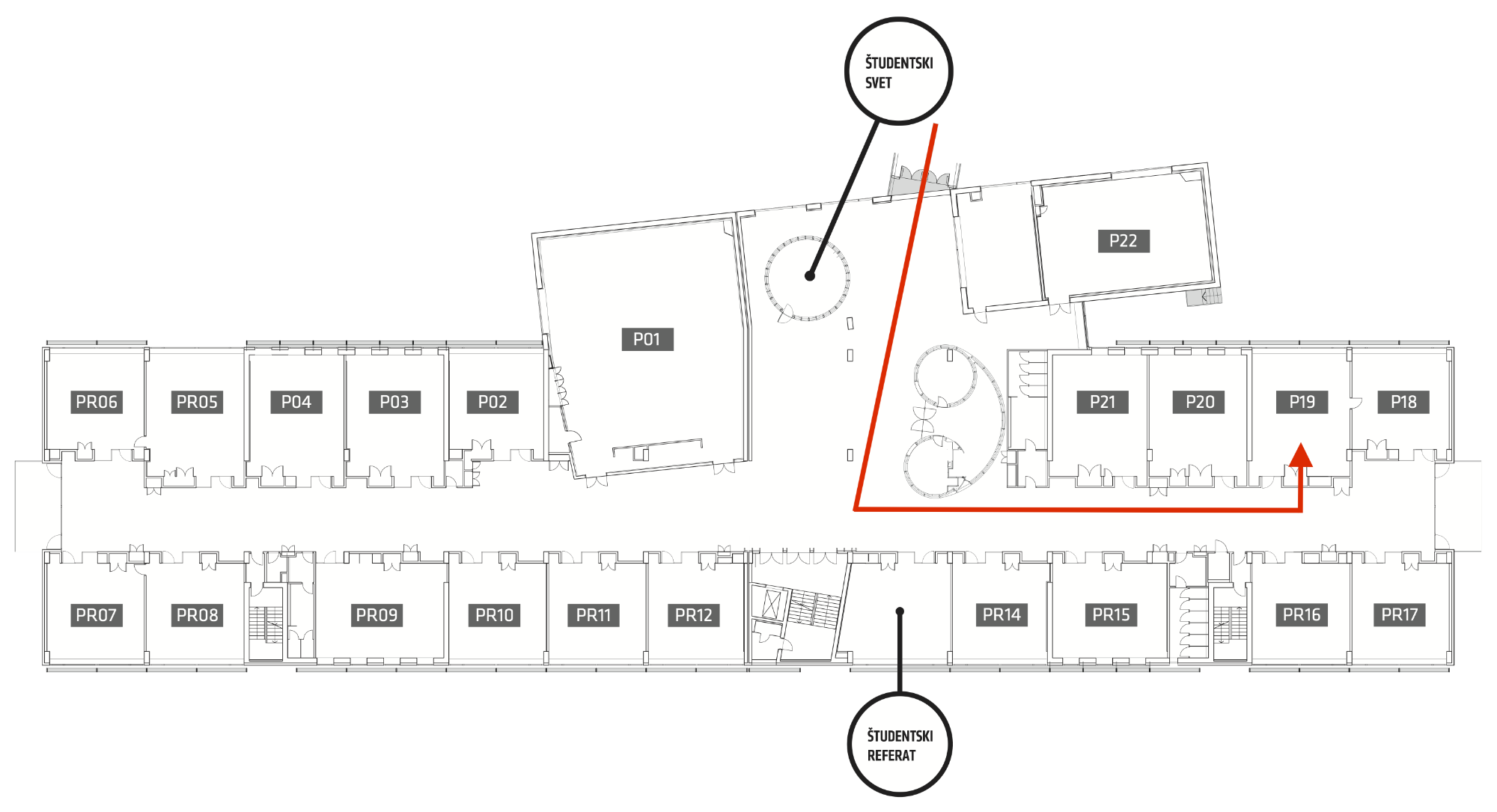
Student Computing Research Symposium is an annual research conference jointly organized by University of Ljubljana, University of Maribor and University of Primorska. Its goal is to encourage students to present and publish their research work in the domain of computer science and to facilitate cooperation and creativity.
Submission Deadline
Author Notification
Camera-Ready Paper
Conference Starts
We invite both B.Sc. and M.Sc. students to submit research papers from all fields of computer science. The length of the paper is limited to 4 pages. M.Sc. students must write their papers in English, while B.Sc. students may choose either English or Slovene. If your paper passes the acceptance threshold, it will be designated either for oral presentation or for poster presentation.
Having a paper presented at a conference and published in the conference proceedings is a reward in itself. Nevertheless, the authors of best papers, posters and/or presentations will receive additional awards contributed by the organizers and our industry partners.
The conference program is available here.
10th SCORES, University of Maribor, Faculty of Electrical Engineering
and Computer Science, Maribor, Slovenia, 3 October
2024
9th SCORES, University of Primorska, Faculty of Mathematics, Natural
Sciences and Information Technologies, Koper, Slovenia, 5 October
2023
8th SCORES, University of Ljubljana, Faculty of Computer and Information
Science, Ljubljana, Slovenia, 6 October 2022
7th StuCoSReC, University of Maribor, Faculty of Electrical Engineering
and Computer Science, Maribor, Slovenia, 14 September 2021
6th StuCoSReC, University of Primorska, Faculty of Mathematics,
Natural Sciences and Information Technologies, Koper, Slovenia, 10
October 2019
5th StuCoSReC, University of Ljubljana, Faculty of Computer and
Information Science, Ljubljana, Slovenia, 9 October 2018
4th StuCoSReC, University of Maribor, Faculty of Electrical Engineering
and Computer Science, Maribor, Slovenia, 11 October 2017
3rd StuCoSReC, University of Primorska, Faculty of Mathematics,
Natural Sciences and Information Technologies, Koper, Slovenia, 12
October 2016
2nd StuCoSReC, Jožef Stefan International
Postgraduate School, Ljubljana, Slovenia, 6 October 2015
1st StuCoSReC, University of Maribor, Faculty of Electrical Engineering
and Computer Science, Maribor, Slovenia, 7 October 2014
The conference will take place at the Faculty of Computer and Information Science of University of Ljubljana, Večna pot 113, Ljubljana, Slovenia. The event will be held in the lecture room 18-19 (see the image below).
